How Are We Listening to Jesus?
Second Sunday in Lent, Year C
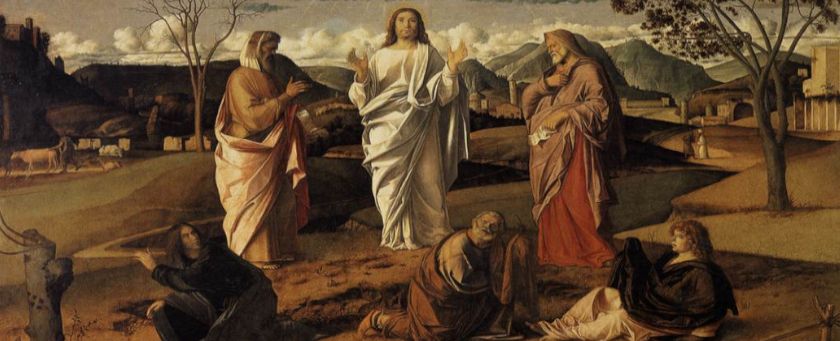
(Audio recorded live, 15 March 2025)
Readings:
Gn 15:5-12, 17-18; Ps. 27; Phil. 3:17-4:1; Lk. 9:28b-36
Last week we heard of the temptation of Jesus in the desert. This week, we hear of his transfiguration before the disciples. These two passages present to us a question and an answer. From Jesus’ temptation, the devil says repeatedly, “If you are the Son of God,” which really poses the question: Is Jesus the Son of God? The way Jesus answers these questions shows us his mastery of Scripture, but also his identity, especially when he says, “You shall not put the Lord your God to the test.” Jesus uses Scripture to answer the question, putting the devil to flight. Today’s passage about the transfiguration of Jesus provides us with a much more explicit answer. As Jesus is transfigured before the disciples, they see him in his glory, which is entrusted to them as proof of his divinity, and therefore his relationship to the Father, who speaks from the cloud saying, “This is my chosen Son; listen to him.” We are now met with a command from God to listen to Jesus. So, let us reflect on this notion of listening.
In the first reading, we hear about the covenant God enters into with Abram, who was a wandering Aramean from the city of Ur of the Chaldeans, that is, Babylon. The name Abram means “exalted father” from the Hebrew roots av, which means “father,” and ram, which means “exalted” or “high.”Abram was called out of Babylon so that the Lord may give him the land as a possession. Long before there was an Exodus from Egypt, Abram made his own exodus from Babylon. He did so through an act of faith, which the Lord credited to him as an act of righteousness. Righteousness refers to the state of being in right relationship with God and others, which is fundamentally rooted in faith and divine grace. This grace empowers believers to live righteously, reflecting God’s love and justice in their actions. Because Abram listened to the prompting of God, he inherited the land, and became the father of many nations.
One of the more striking aspects of this passage is the animal sacrifice and the images of the smoking fire pot and flaming torch. The Lord tells Abram which animals to offer. Abram then splits them in two and sets them on the ground. After the sun set, he entered into a trance and saw a smoking fire pot and flaming torch pass between the carcasses. Perhaps the smoke symbolizes the Shekinah, or cloud of God’s presence, while the flaming torch symbolizes the light of God, illuminating the path forward. The fire pot would also have been a source of heat and comfort, so perhaps the Lord is showing Abram that he will comfort him as he shows him the way.
These two images of God’s presence, namely, the smoke and the fire, are a foreshadowing of the pillar of cloud and the pillar of fire that protect and guide the Israelites in the Book of Exodus. The text tells us: “As Moses entered the [tabernacle], the column of cloud would come down and stand at its entrance while the LORD spoke with Moses….The LORD used to speak to Moses face to face, as a person speaks to a friend” (Ex. 33:9,11a).
Our gospel passage today shows us something similar in the transfiguration of Jesus. Once again, there is a lot of imagery: 1) Jesus’ own change in appearance, 2) the appearance of Moses and Elijah, 3) the response of Peter and the other disciples, 4) the voice from the cloud. In the transfiguration, Jesus shows forth his glorified body, which is a manifestation of his divinity. Moses and Elijah are present to discuss Jesus’ exodus from Jerusalem. And the cloud of God’s presence overshadows the disciples as the voice from the cloud says, “This is my chosen Son; listen to him.”
During Jesus’ preaching, he says there is something greater than Jonah here. He also says there is something greater than king Solomon here (see Mt. 12:38-42). In other words, Jesus is the prophet, the one who is coming into the world. The people need no longer follow the sages of the past, for what was proclaimed has been fulfilled in Christ. The transfiguration also shows us that Jesus is greater than Moses and Elijah.
St. Peter was dumbfounded. He offers to build tents for Jesus, Moses, and Elijah because it was the feast of booths, and that was what the Law required. But, St. Luke tells us, “he did not know what he was saying.” They will no longer be bound by the Mosaic Law, nor will they await the return of Elijah, rather, the Son of God will be their guide, and they will speak with him face to face just as Moses did. As the voice from the cloud says, “This is my chosen Son; listen to him.”
What about us? St. Paul talks about our own transformation at the time of Jesus’ return in glory. At that time, he will “change our lowly body to conform with his glorified body.” In other words, we will be transfigured too. But, while it may seem that Jesus is delayed in returning, I would like us to consider that we need not wait for his return to be transformed by his grace. He is constantly listening and answering our prayers, and the graces we receive help us to conform our lives more and more after his, so that we, each in our own way, may be be justified, that is, made righteous before the Lord. The more we conform our lives to Christ, the more we become the face of Jesus, the heart of Jesus, the love of Jesus, in the world even now. We are citizens of heaven, and we have a duty to act like it.
And so, as we prepare to celebrate the Eucharist, to receive from this altar the chosen Son of God, may the communion we share help us to hear the voice of God who commands us, “This is my chosen Son; listen to him.”

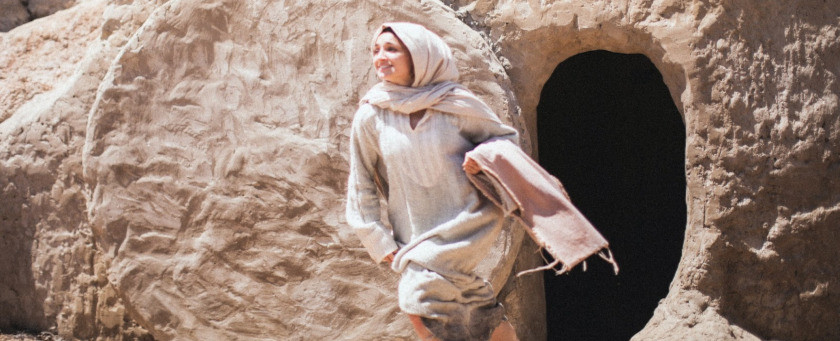
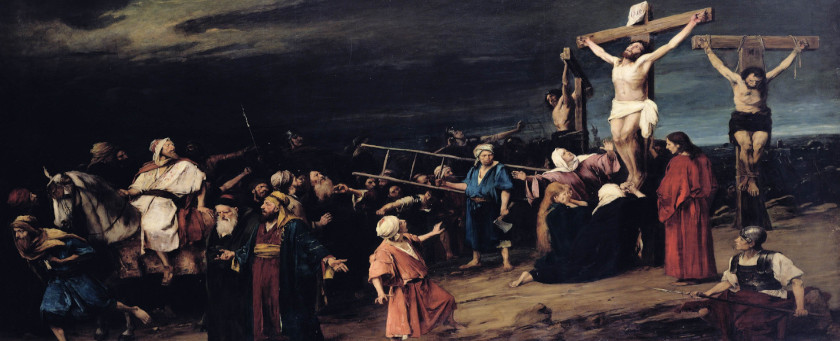
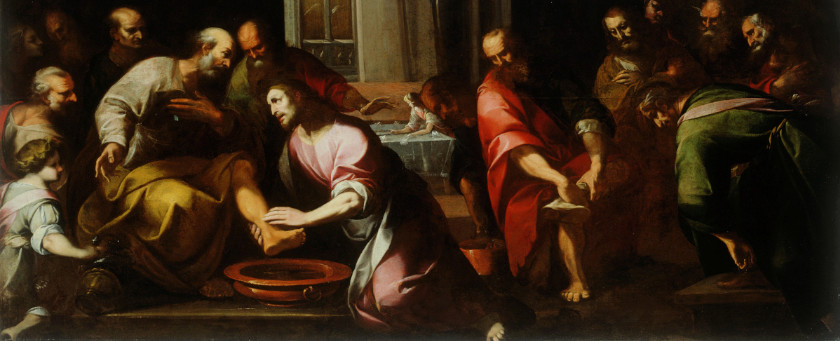
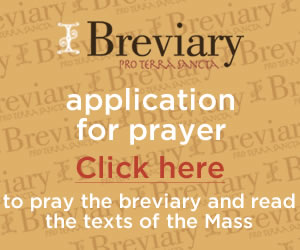
Twitter
Facebook
Pinterest
Email